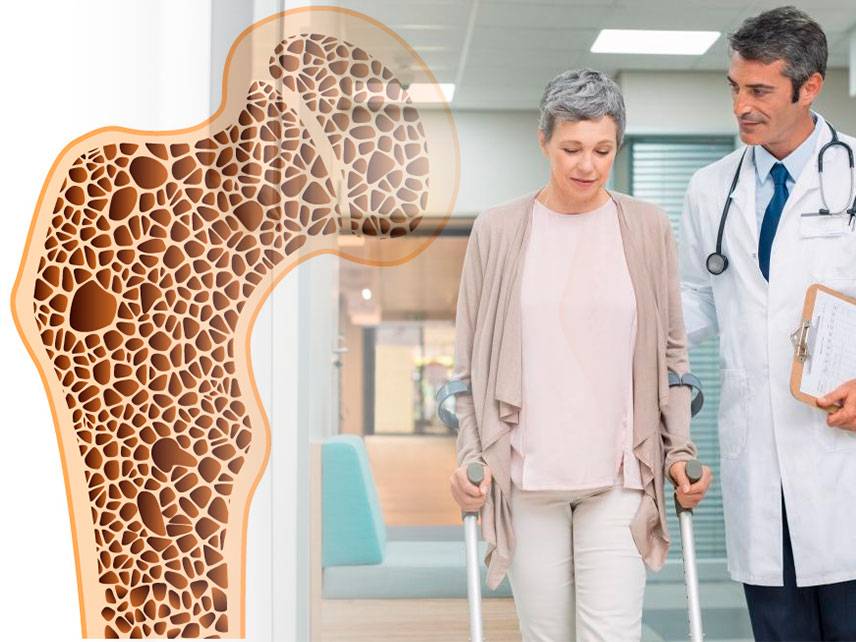Osteoporosis is a disease that weakens bones and makes them more likely to break. It is most common in older adults, but can affect people of any age. This condition is caused by a loss of bone density, leading to a decrease in bone strength.
Signs and Symptoms
The most common symptom of osteoporosis is a broken bone in the spine, hip, or wrist. Other symptoms may include a hunched back, loss of height, or bone pain.
Causes
The main cause of osteoporosis is a lack of calcium and other minerals in the bones. This can be caused by a number of factors, including age, diet, hormones, and lifestyle factors.
Risk Factors
Risk factors for osteoporosis include age, gender, family history, and lifestyle factors. Women are more likely to develop this condition than men, and older adults are more likely to develop it than younger adults. Other risk factors include smoking, drinking alcohol, and not getting enough calcium in the diet.
Prevention
The best way to prevent osteoporosis is to get enough calcium and other minerals in the diet, and to exercise regularly. Other lifestyle changes, such as quitting smoking and reducing alcohol intake, can also help to reduce the risk of developing this condition.
Diagnosis
Osteoporosis is usually diagnosed with a bone density scan. This scan can measure the density of the bones and help to determine if they are weaker than normal. Other tests, such as a blood test, may also be done to identify any underlying conditions that may be contributing to the osteoporosis.
Treatment
Treatment for osteoporosis depends on the severity of the condition and the underlying cause. Calcium, vitamin D, and other minerals may be prescribed to help strengthen the bones. Medications may also be prescribed to help prevent further bone loss.
Coping and Support
Living with osteoporosis can be challenging, but there are ways to cope with the condition. It is important to maintain a healthy lifestyle, including eating a balanced diet and exercising regularly. Joining a support group can also be helpful, as it can provide emotional support and resources.
Complications
The most common complication of osteoporosis is a broken bone. This can lead to a decrease in mobility, pain, and an increased risk of infection.
Living with Osteoporosis
Living with osteoporosis can be difficult, but it is possible to manage the condition. It is important to maintain a healthy lifestyle, including eating a balanced diet and exercising regularly. It is also important to get enough calcium and other minerals in the diet, and to take any medications prescribed by a doctor. With proper care, it is possible to live a full and active life with osteoporosis.
Osteoporosis is a condition that weakens bones and makes them more likely to break. It is most common in older adults, but can affect people of any age. Risk factors include age, gender, family history, and lifestyle factors. The best way to prevent osteoporosis is to get enough calcium and other minerals in the diet, and to exercise regularly. Treatment for osteoporosis depends on the severity of the condition and the underlying cause. It is possible to live with osteoporosis with proper care and lifestyle changes.





